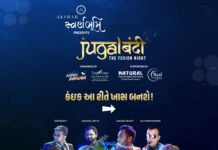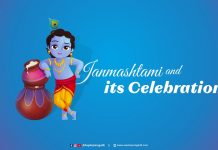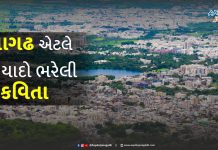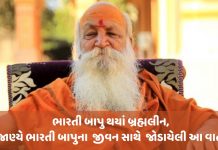Uttarayan : It is that time of the year we Gujarati wait for year round. The time when our ears are conquered with the shrill “Kai Po Chhe” and our eyes beholding the sight of blue sky ornated with colourful kites. The time for eating Chikkis and Ladoos all day while flying kites along with dancing to the tunes of the most recent Bollywood item number(There are chances to here Shape of You or Cheap thrills these days!) followed by our favourite Garba in the evening.
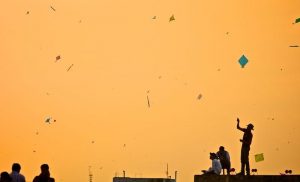
Yes! Uttarayan is here.
Pick up your kites and the threads that are going to give you victory against your rivals and get set for the terrace but before you do that, make sure to read this article which is going to take you on a kite ride of what needs to be known about our beloved festival.

Ours is a nation where almost every alternate day is a festival and if it isn’t we make sure to still celebrate the day despite our shortcomings with the zeal.
Uttarayan is celebrated nationwide for many different reasons and in more or less the same way. We know how we celebrate Uttarayan – Kites, Food and Music!
Let’s know today how Uttarayan is celebrated in various regions of India and what’s the significance of this festival in our life.
First of all, let us know why we celebrate it;

On 14th January every year, Sun makes its journey through the Makara(Capricorn) which results in the end of the winter days and the onset of the longer days thereafter. This is the reason it gets the name as Makar Sankranti.
Uttarayan marks the days of harvesting the crop and thus gathering of family and friends and celebration of the hard work. Throughout India and even in few other countries, people celebrate it in different ways.
Majority of places celebrate it by kite flying. At some places, a fair(Mela) is organised and people celebrate by going to the mela wearing new clothes and preparing various food items. People express their gratitude to Sun God by doing bathing rituals in our holy rivers. People also decorate their cattle with colourful paints and golden or silver ornaments which shows prosperity and a way to be grateful to the cattle who provide them with a living.
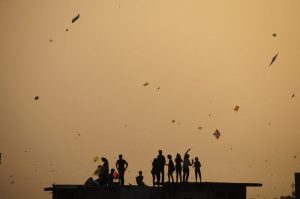
When it comes to food, Til-Gur ladoo is served almost everywhere in India. People give alms to the needy and visit friends and families and there is mass gathering which results in the celebration by dancing on regional folk songs.
We Gujaratis relish the grama-garam Undhiyu with Jalebi and chikki – ladoos and green-grams. Similar way people also celebrate by eating Khichadi and so it is also called Khichadi in some regions.
The Kumbh Mela is organised every 12 years during the time of Sankranti which is one of world’s largest gathering of people as around 40 – 100 million people take part in the Surya pooja on the sangama of our holy rivers.
Tamil Nadu celebrates it as Pongal and the age-old “Jallikattu”, a traditional event of taming wild bull takes place in some villages here.

Punjab celebrates the day before it as Lohri in which they gather and enjoy the bonfire by doing Bhangra.
Even countries like Nepal, Bangladesh and Pakistan celebrate this festival in a similar way as us.
In the end we would quote
Meethe Gur me mil gaya Til,
Udi Patang aur khil gaye Dil,
Jeevan me bani rahe Sukh aur Shanti,
Mubarak ho aapko Makar-Sankranti.
An Important Note:
Before you go out on your terrace with your Patang-Manjha remember one thing, there are birds out there in whose territory we are flying our colourful kites. We have no right to harm them for our pleasure. So this Uttarayan and Vasi Uttarayan pledge that we will try our best for having a safe Uttarayan which is bird-friendly!

If you have anything else that you would like to share with us regarding Uttarayan please come forward and mention in the comments.
We wish you a Happy and Safe Uttarayan!
Also Read : જૂનાગઢના 2 કોરોના ના દર્દીઓની રિકવરી સાથે તા.11મી મે સુધીનો રાજ્ય અને દેશનો રિકવરી રેશિયો જોઈએ.














